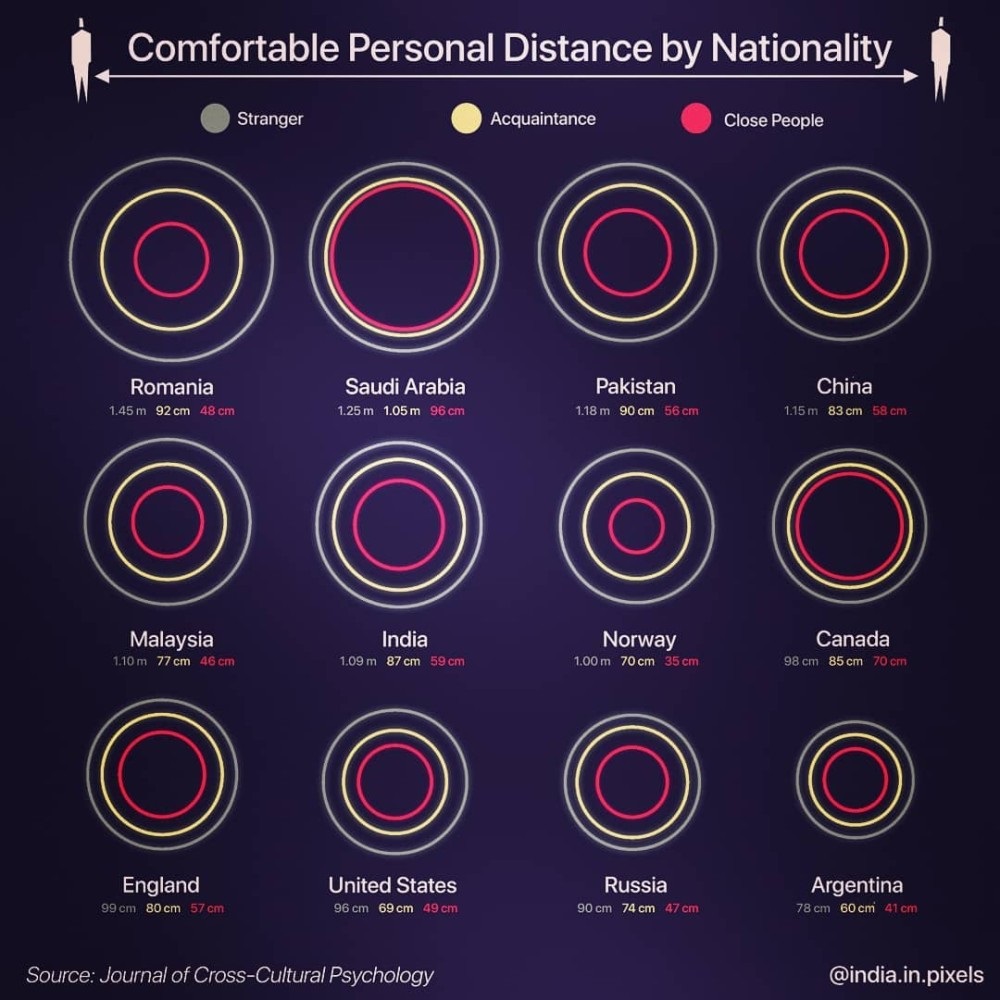2. Understand the Influence of Space, Appearance, and Presence in Communication
Ever noticed how your environment can totally change how comfortable—or uncomfortable—you feel in a conversation? Maybe you’ve tried talking in a cramped meeting room that makes you feel trapped, or perhaps you’ve stood awkwardly close (or far away) from someone and immediately sensed the weirdness. And don’t even get me started on the time you wore your favorite Hawaiian shirt to what turned out to be a surprisingly formal meeting—oops.
The truth is, the space you’re in, your personal appearance, and your overall presence dramatically influence how your message is received. Mastering these subtle but powerful nonverbal factors helps you project confidence, professionalism, and approachability, enhancing your communication clarity, effectiveness, and trustworthiness.
Let’s dive right in and decode exactly how to leverage space, appearance, and presence to your advantage.
The Power of Personal Space (Or Why People Get Weird in Elevators)
Ever had someone stand a bit too close during a conversation and felt your instincts telling you to step back? Or maybe you’ve noticed a colleague lean away slightly when you are just trying to be friendly. These moments might seem small, but they reveal something important: personal space matters—and it’s not the same for everyone.
A fascinating infographic by @india.in.pixels (based on research from the Journal of Cross-Cultural Psychology) shows how personal space preferences vary across countries. 
Source: LinkedIn
Personal space is the invisible bubble surrounding each person—the comfort zone we all instinctively maintain. Step too close, and things get awkward fast. Stand too far away, and people feel distant or disconnected.
Managing Personal Space:
Intimate Zone (0–18 inches): Reserved for family or very close friends. Avoid professionally.
Personal Zone (18 inches–4 feet): Ideal for most conversations; shows friendliness without intrusion.
Social Zone (4–12 feet): Perfect for group interactions, meetings, or professional conversations.
Public Zone (12+ feet): Appropriate for presentations or public speaking situations.
Real-world example:
When discussing a project one-on-one, maintain a comfortable personal zone (2–4 feet) to show engagement without being intrusive. In a large meeting, use the social zone (4–12 feet) to engage the entire group comfortably.
Respecting personal space creates comfort, professionalism, and clear communication.
Mastering the Environment (Where You Talk Matters)
Your environment affects your comfort, authority, and professionalism. Cramped spaces might create discomfort; overly spacious rooms can feel impersonal. Carefully choose your environment or adapt it for effective communication.
Adapt to your environment:
- In smaller groups, choose cozy spaces with round tables for better engagement and openness.
- For formal presentations, select rooms or spaces allowing clear visibility and comfortable seating.
- Eliminate distractions: close doors, turn off background noise, and ensure your environment matches your communication goals.
Real-world example:
If you’re discussing sensitive feedback with an employee, choose a private, comfortable space—like a small conference room or private office—to foster openness and trust.
The Influence of Your Appearance (Dress for the Occasion)
Appearance impacts how you’re perceived—whether professional, approachable, trustworthy, or credible. Dressing appropriately for your context sends positive signals and enhances your message’s credibility.
Matching appearance to context:
- Formal Meetings/Presentations: Business attire (suits, professional dresses, collared shirts).
- Casual Team Meetings: Business casual (smart jeans, collared shirts, neat sweaters).
- Creative or Informal Environments: Smart casual (stylish but informal).
Real-world example:
Dress professionally for formal client meetings—this signals competence and reliability. In a relaxed internal brainstorm session, smart casual attire fosters creativity and comfort.
Remember, dressing appropriately builds trust, credibility, and professionalism.
Projecting Professional Presence
Your presence—how you carry yourself—influences perceptions of confidence, competence, and authority. Strong professional presence means appearing confident, engaged, calm, and approachable.
Projecting professional presence:
- Maintain confident posture (straight, shoulders back).
- Engage in steady, comfortable eye contact.
- Speak clearly, calmly, and confidently.
- Avoid nervous gestures (e.g., tapping fingers, shifting constantly).
- Maintain composure even in stressful situations.
Real-world example:
During a tough Q&A session, maintain calmness, answer clearly and directly, and avoid defensive or uncertain body language. Your professional presence reassures listeners, maintains credibility, and fosters trust.
Adapting to Different Contexts and Cultures
Different contexts and cultures have varying expectations about personal space, appearance, and presence. Adapting your nonverbal communication shows sensitivity, respect, and professionalism.
- Learn cultural norms regarding personal space, eye contact, and appropriate attire.
- Observe and mirror the local standards in unfamiliar contexts.
- Remain respectful and attentive to differences.
Real-world example:
When meeting international clients, research their cultural preferences for greeting distance, eye contact, and dress codes. This conveys respect, openness, and professionalism.
Quick Checklist: Managing Space, Appearance, and Presence
Before your next interaction, quickly check:
✅ Am I respecting personal space appropriately?
✅ Is my environment appropriate for my communication goals?
✅ Does my appearance match the context (professional or casual)?
✅ Am I projecting confidence, openness, and professionalism through posture and presence?
✅ Have I considered cultural expectations and adapted accordingly?
Real-World Scenario: Managing Nonverbal Factors
Imagine preparing for an important client meeting:
Space: Choose a professional conference room with comfortable space allowing easy interaction.
Appearance: Dress in formal business attire to project credibility, competence, and seriousness.
Presence: Enter confidently, maintain eye contact, smile genuinely, and project calmness and professionalism throughout.
Cultural Adaptation: Research the client’s cultural norms to match greetings, body language, and appearance respectfully.
This demonstrates effective nonverbal management, enhancing professionalism, comfort, and communication clarity.
Final Thoughts: Mastering Space, Appearance, and Presence
Nonverbal factors like personal space, appearance, and professional presence powerfully influence your communication effectiveness. Mastering these subtle factors boosts your clarity, confidence, and professionalism dramatically.
When you manage space appropriately, dress for context, and project a confident presence, your messages become more credible, engaging, and effective.
Ready to build on these skills by learning how to design and use visual aids effectively? Fantastic—let’s continue mastering your nonverbal and visual communication toolkit!
